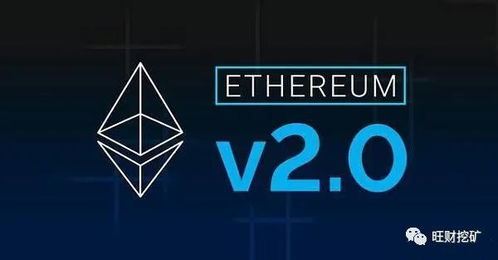The hum of a thousand ASICs, the relentless churning of algorithms – these are the sounds of modern cryptocurrency mining. But beyond the digital gold rush, lies a growing concern: sustainability. Mining machine hosting, the practice of housing and maintaining these power-hungry devices in dedicated facilities, is evolving beyond sheer processing power to embrace cost-effectiveness, operational efficiency, and, crucially, eco-friendliness.
For years, the focus was simple: maximize hash rate, minimize upfront investment. This often led to mining operations flocking to regions with cheap electricity, regardless of the source. Hydroelectric power was once a gold standard, but the limitations of geography and the potential environmental impact of dam construction have pushed the industry to explore greener alternatives.
Today, sustainable mining machine hosting is no longer a fringe concept, but a competitive advantage. Forward-thinking companies are realizing that long-term profitability hinges on responsible energy consumption and a demonstrable commitment to reducing their carbon footprint. The pressure is coming from multiple angles: investors seeking ESG (Environmental, Social, and Governance) compliance, consumers demanding ethically sourced crypto, and governments tightening regulations on energy-intensive industries.
Optimizing for cost begins with understanding the true cost of energy. It’s not just about the per-kilowatt-hour price; it’s about reliability, grid stability, and access to renewable sources. Mining machine hosting facilities are now actively pursuing power purchase agreements (PPAs) with wind and solar farms, locking in predictable pricing and guaranteeing a significant reduction in emissions.
Efficiency extends beyond power consumption. It encompasses the entire operational lifecycle, from hardware selection to cooling systems and data management. Immersion cooling, where mining rigs are submerged in dielectric fluid, is gaining traction as a superior alternative to traditional air cooling. This method not only reduces energy consumption but also extends the lifespan of the hardware by maintaining more stable temperatures.

Moreover, smart data analytics play a crucial role. Real-time monitoring of power usage, hash rate, and hardware performance allows for proactive maintenance and optimization, preventing costly downtime and maximizing output. Predictive analytics can even forecast potential equipment failures, enabling preventative maintenance and minimizing disruptions.
The geographical location of a mining machine hosting facility is paramount. Beyond access to cheap and clean energy, climate plays a significant role. Colder climates naturally reduce the strain on cooling systems, lowering operational costs. However, even in warmer climates, innovative cooling solutions, coupled with sophisticated climate control technologies, can mitigate the impact of higher temperatures.
Ultimately, sustainable mining machine hosting is about striking a delicate balance between cost, efficiency, and eco-friendliness. It requires a holistic approach, encompassing responsible energy sourcing, innovative cooling technologies, intelligent data management, and a long-term commitment to environmental stewardship.
The rise of Bitcoin and other cryptocurrencies has brought immense opportunities, but also significant challenges. As the industry matures, sustainability will become increasingly crucial for its long-term viability. Mining machine hosting companies that embrace these principles will not only contribute to a greener future but also secure a more profitable and resilient position in the rapidly evolving digital landscape.
The environmental impact of mining, particularly Proof-of-Work cryptocurrencies like Bitcoin, is a subject of ongoing debate. Critics point to the enormous energy consumption and the reliance on fossil fuels in some regions. However, proponents argue that mining can incentivize the development of renewable energy infrastructure, particularly in areas where it might otherwise be economically unfeasible. Furthermore, innovations in mining hardware and software are continuously improving energy efficiency.
Looking ahead, the future of sustainable mining machine hosting lies in further integration with renewable energy sources, the development of even more efficient cooling technologies, and the exploration of alternative consensus mechanisms that require less energy. The industry is also likely to see increased regulation and standardization, pushing all players towards more responsible and transparent practices. Ultimately, the success of cryptocurrency mining depends on its ability to evolve into a truly sustainable and environmentally friendly activity. The businesses that prioritize these values will be the ones that thrive in the long run.



Leave a Reply